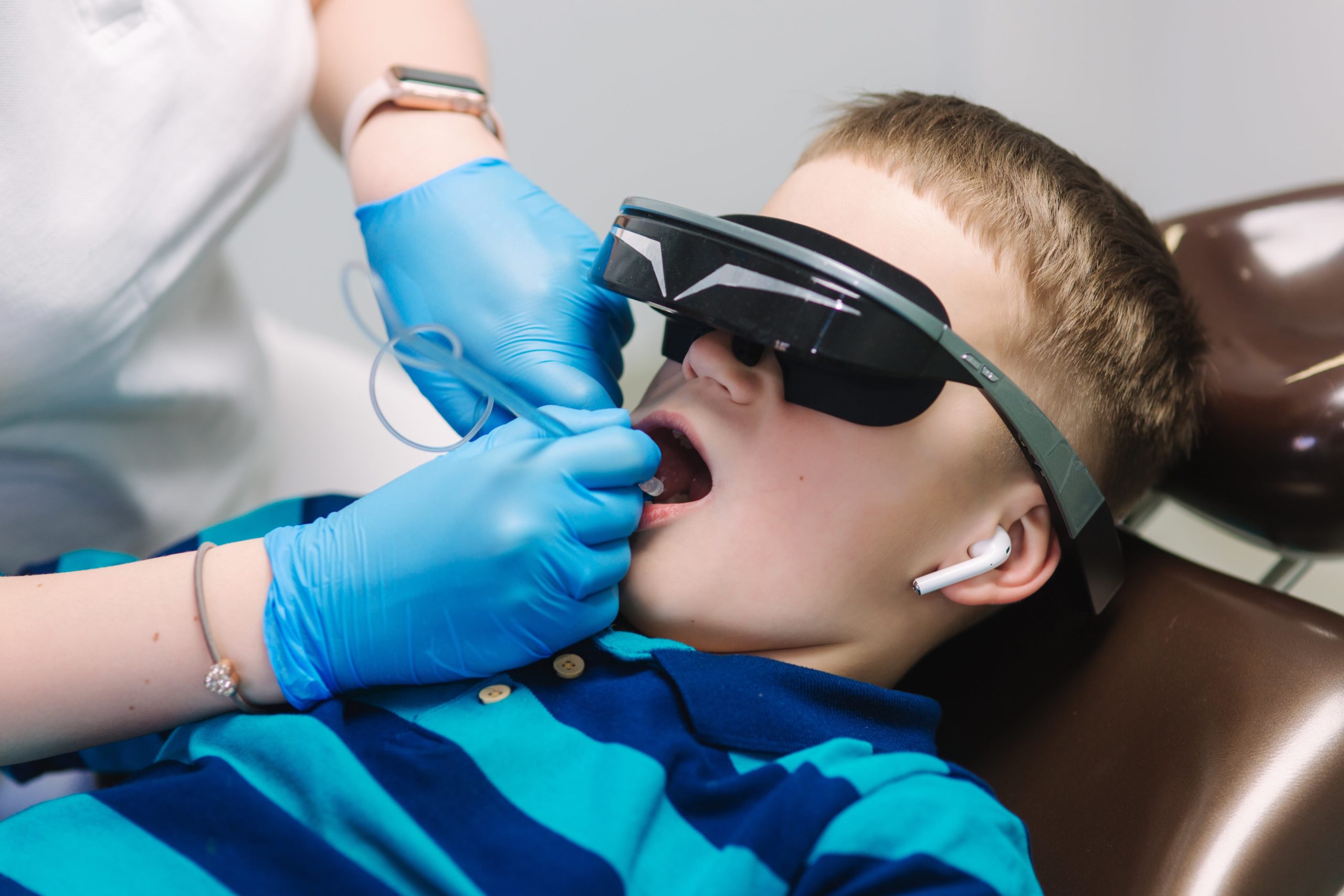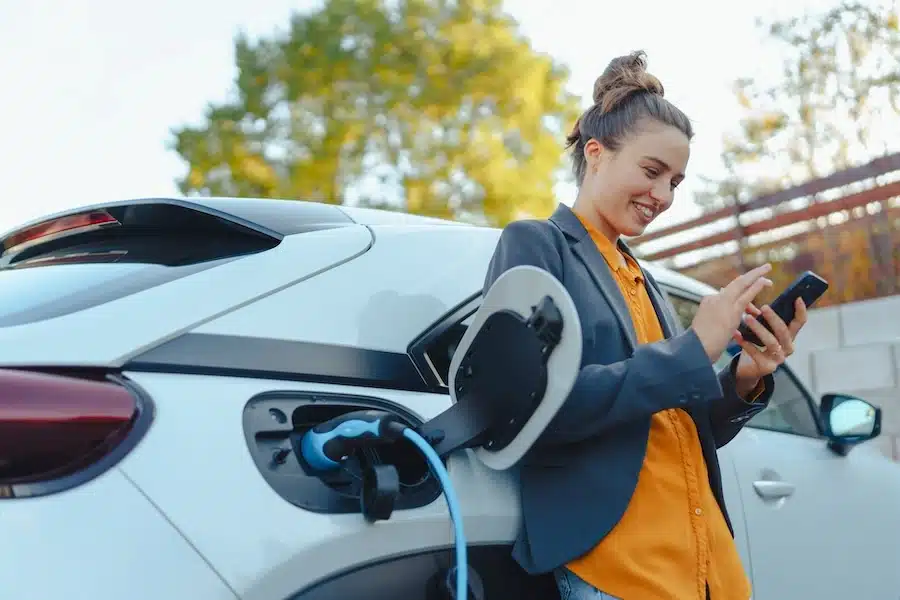It’s very easy to dismiss virtual reality as a gimmick. When most of us think of VR we think of gaming and little else: players isolating themselves from the real world until motion sickness gets the better of them.
While virtual reality gaming hasn’t taken off to the extent that many expected (Sony’s recent decision to drastically lower the cost of its VR bundle had more than a whiff of desperation about it), the underlying technology has far more to offer society. Here are some ways that VR could improve our lives in years to come.
Making the dentist less painful
For many, a visit to the dentist is synonymous with pain. VR could be about to change this. Last year UK researchers studied the pain levels of 79 patients undergoing a tooth extraction or a root canal procedure. A third were given no distraction during the surgery, while the rest were given a VR headset through which they could watch either a coastal or an urban scene. The group watching the coastal scene reported significantly lower levels of pain and anxiety but, interestingly, the urban scene did not produce the same effect. The study concluded that “nature can improve experience of health care procedures through the use of VR, and that the content of the VR matters.”
Bringing journalism to life
The mark of good journalism is the ability to bridge the gap between reader and subject. Thanks to VR, journalists can now put the reader in the midst of the action, allowing them to experience the news rather than simply reading it. In 2016 The Washington Post created an augmented reality experience as part of their coverage of the death of Freddie Gray and the subsequent investigation, allowing readers to see how the events unfolded. The New York Times now has a dedicated VR app which gives users access to a range of 360 degree panoramic videos including footage of warzones and space missions.
A recent report by The Associated Press was optimistic about the possible impact of VR on journalism:
“As the technology powering 3D models gets more advanced, journalists will be able to develop multiple storylines in a single environment. Audiences will no longer be guided in a linear progression, but will be able to choose different story paths as they freely explore the virtual space—a ‘choose your own adventure’ version of journalism.”
Helping jurors to make a decision
In most courtrooms, jurors have to make their decision based on a mixture of eyewitness testimonies and crime scene photos. But what if they could actually explore the crime scene themselves? For several years forensic investigators have been creating 3D maps of crime scenes, but these are flattened onto paper in order to be presented to juries. VR could allow jurors to actually explore these 3D maps and watch the events of the case unfold in real time.
Lars Ebert from the Institute of Forensic Medicine in Zurich explains the advantage of being able to present evidence in 3D:
“We have detailed measurements and all this 3D information, but then we hand it over on paper, and that comes with a loss of information. Take gun crime. Conventionally, bullet trajectories are presented in 2D. What you have is a line on paper, and it’s difficult to get an idea of how it moved in space. But the second you see it in 3D, you know where it originated, where it goes, how close all the people and objects are.”
Ebert and his team used the Oculus Rift headset to create a 3D reconstruction of a shooting that could be accessed by anyone. They called their invention a “forensic holodeck”. Many law professionals expect this technology to become a fixture in courtrooms in years to come, allowing jurors to immerse themselves in a case like never before. Mitch Jackson, a senior partner at California law firm Jackson and Wilson expects a strong uptake:
“I believe that in 10 years, most trial lawyers will be using VR just like they’re using laptops today. VR will be the norm, not the exception.”






